The mining capital of the Altiplano
We took a couple of rest days in Oruro after our cycle from La Paz. The city is nothing special from an architectural point of view, but it has a lot of mining history, and it’s also the epicenter of Bolivian party when it comes to the carnival.
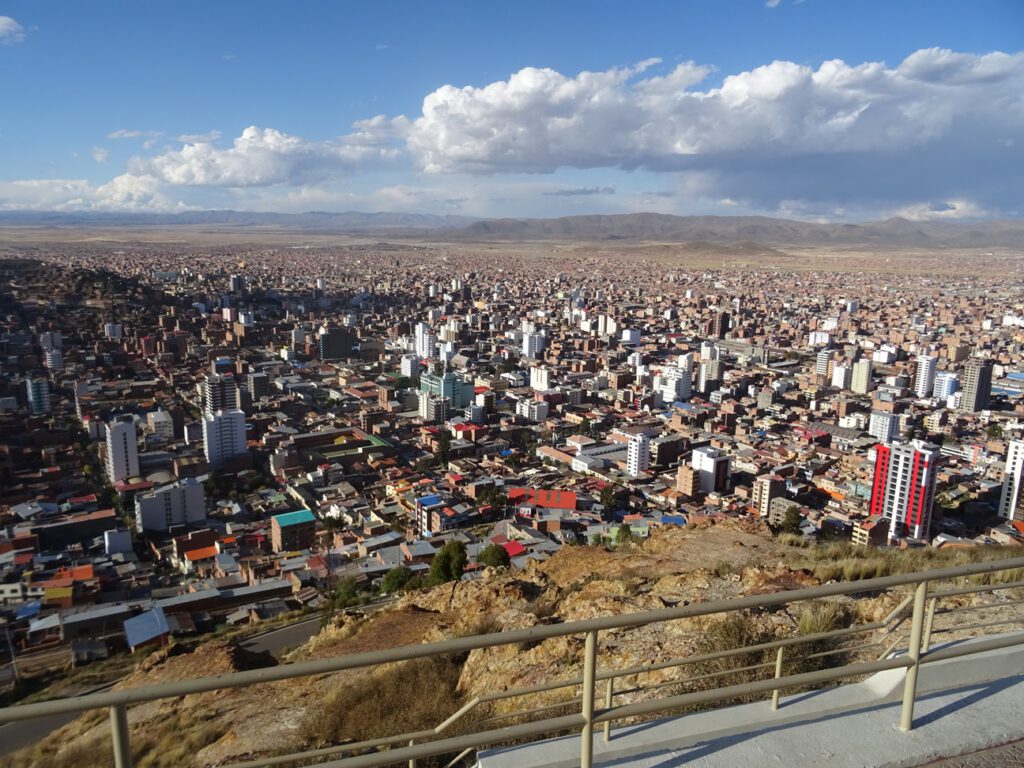
So much that the festival is credited as World Heritage by the Unesco and you need to book the accommodation months in advance!
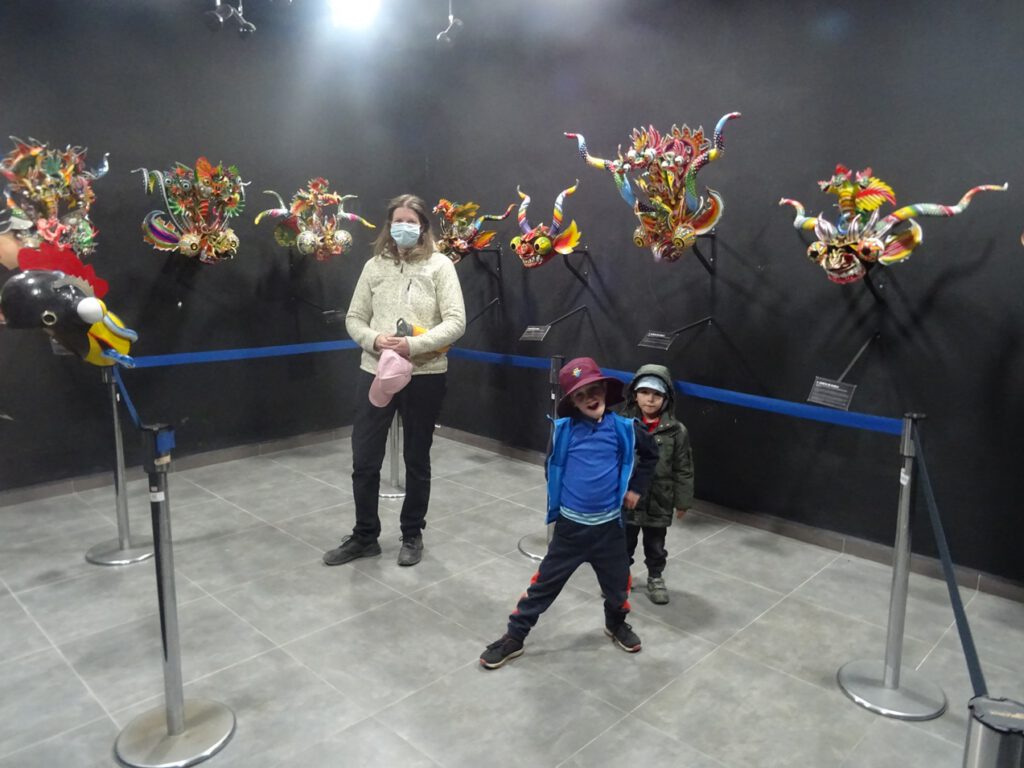
What I liked the most from Oruro were the many markets, something quite typical in South America but specially vibrant in otherwise quiet streets of Bolivian towns. In Oruro you can find the Central Market, which although it officially just includes one main building, it stretches many streets around with all kinds of businesses.
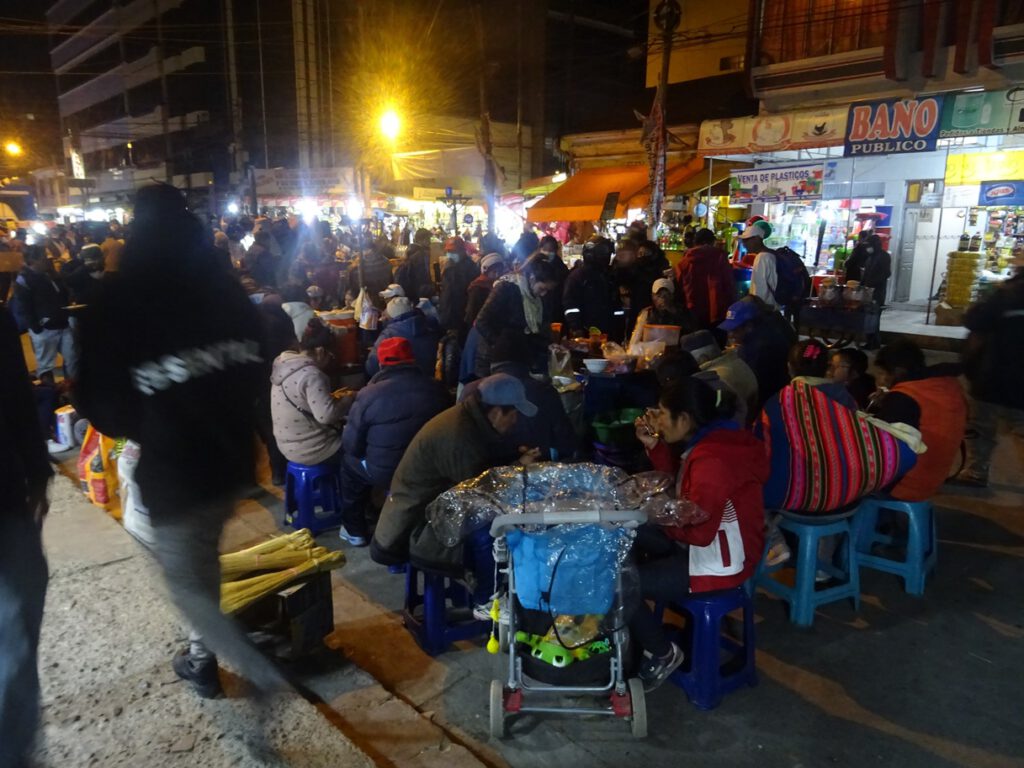
A very handy thing is that sellers normally locate together depending on what they are selling, so there’s a street full of pet food and accessories, another one selling furniture, others selling flowers, and so on. It is therefore very easy to find what you are looking for, and compare for quality or price.
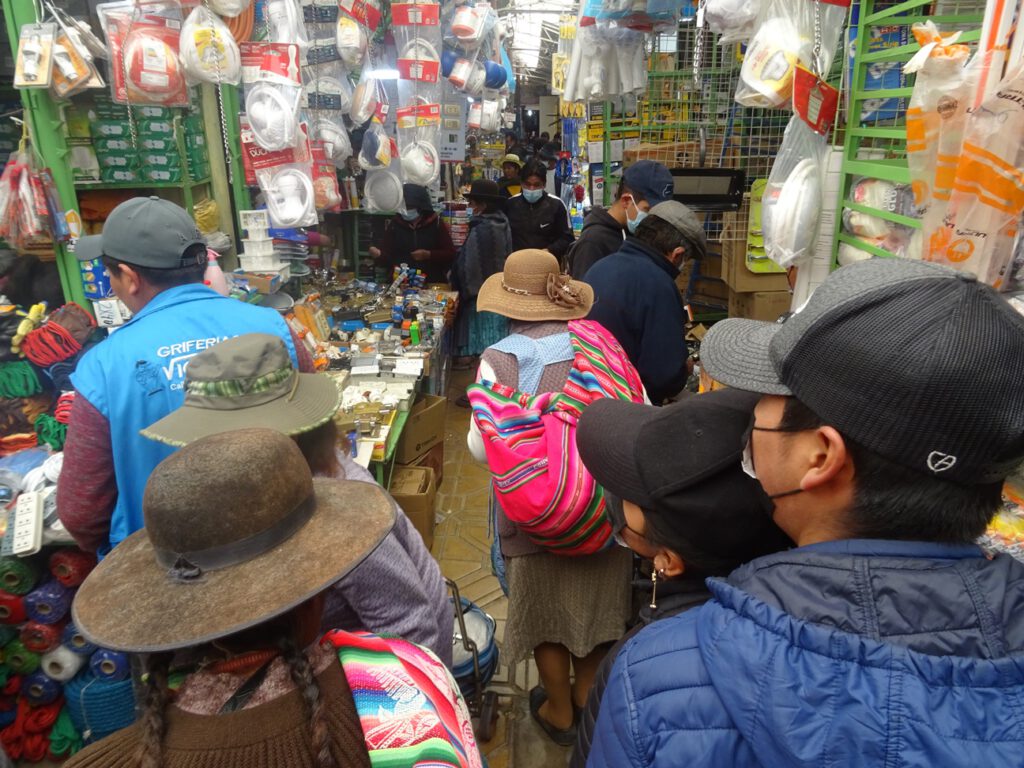
The highlights of sightseeing in Oruro are the Santuario del Socavon, a church with its own underground tunnel and sanctuary, and the Virgin for all the miners. And the monument to the same virgin in a nearby hill, which you can access with a cable car, where you get amazing views of the altiplano all around the city.
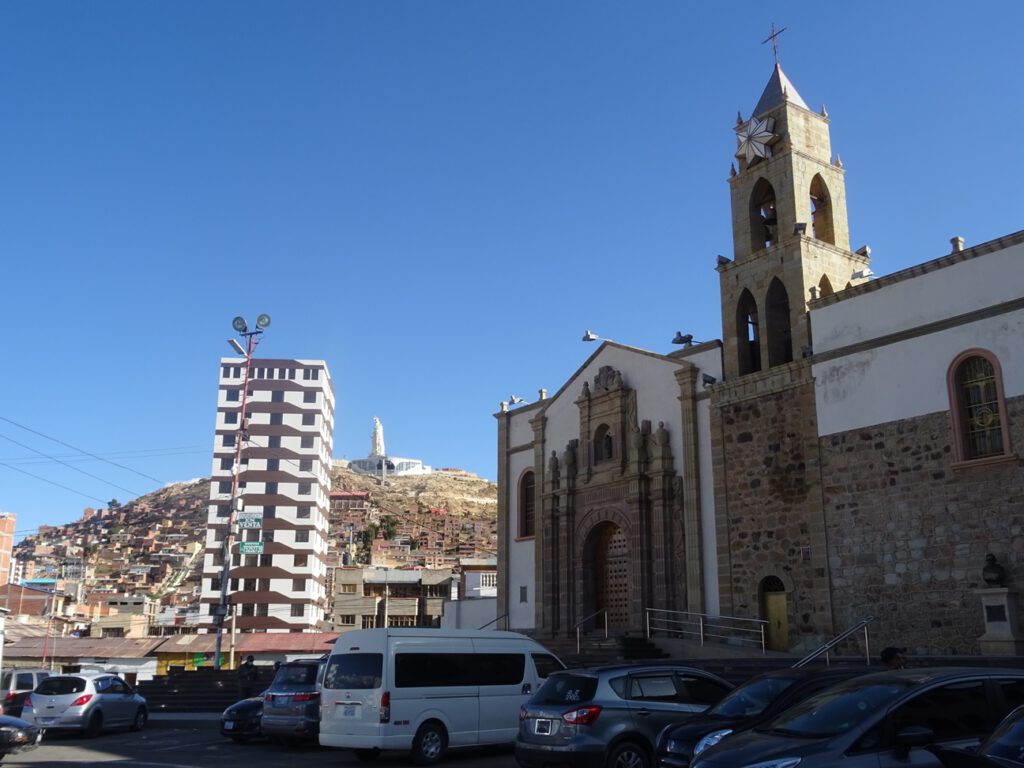
We took of course the cable car, and on top there’s a representation of a local legend about four plagues that affected the local Uru civilization, and how the Ñusta (local goddess now replaced with the Virgin) helped them out.
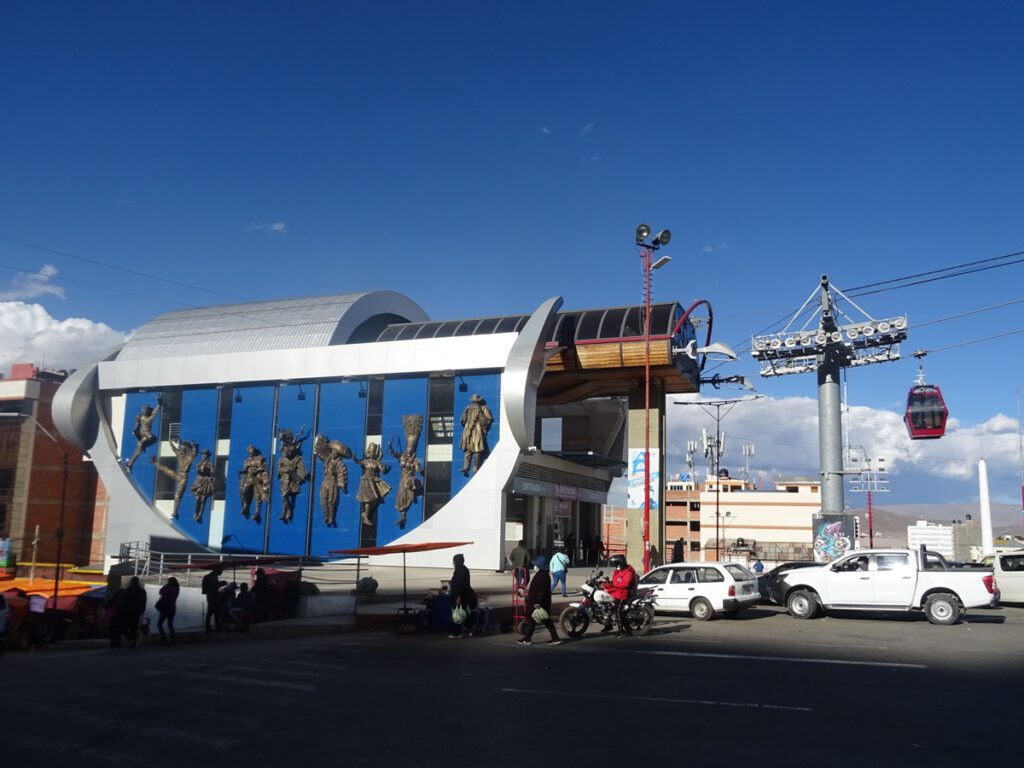
Our cyycling journey now will take us further south towards Uyuni. However, we know there is a train going there, and we love trains! Also, the landscape is supposed to be all the same the whole way, excluding frequent vicunas sighting, so taking the train is a welcome alternative.
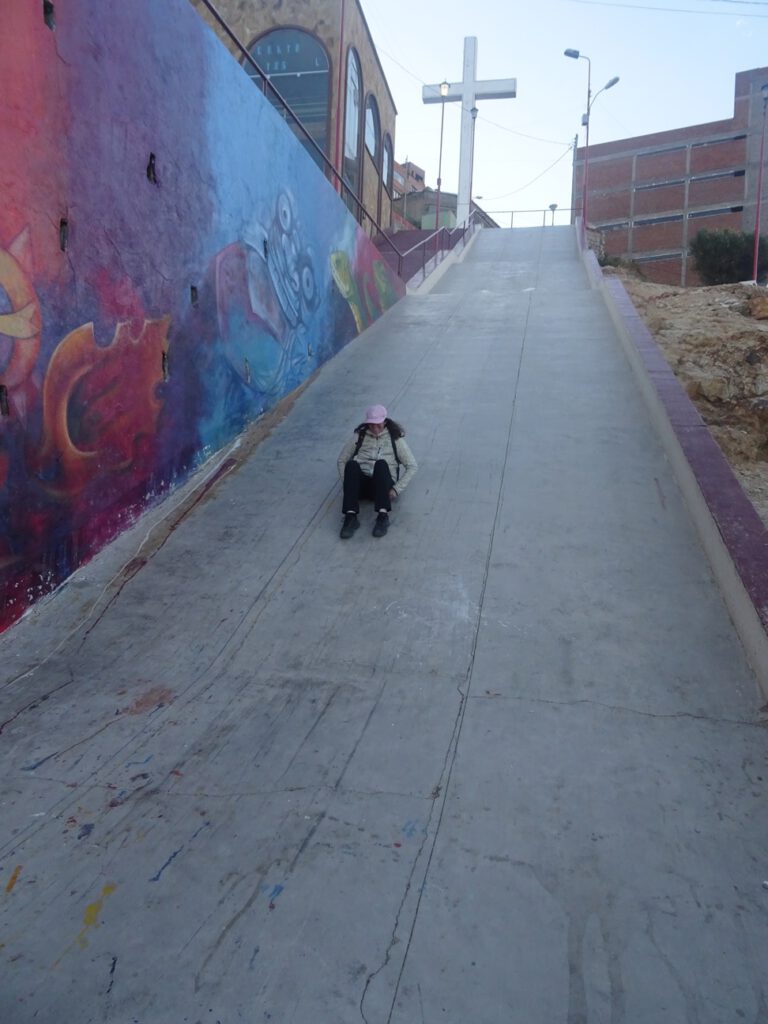
The train however makes it quite hard for us to take it. There used to be a frequent and big train running few years ago, but, and this is the official version, with the pandemic less and less people are willing to travel by train so now there’s only a mini-train made up of one wagon (called the ferrobus), that leaves Oruro at 21:30 on Mondays and drops you in Uyuni at freezing 4 in the morning, with zero landscapes to enjoy in the dark.
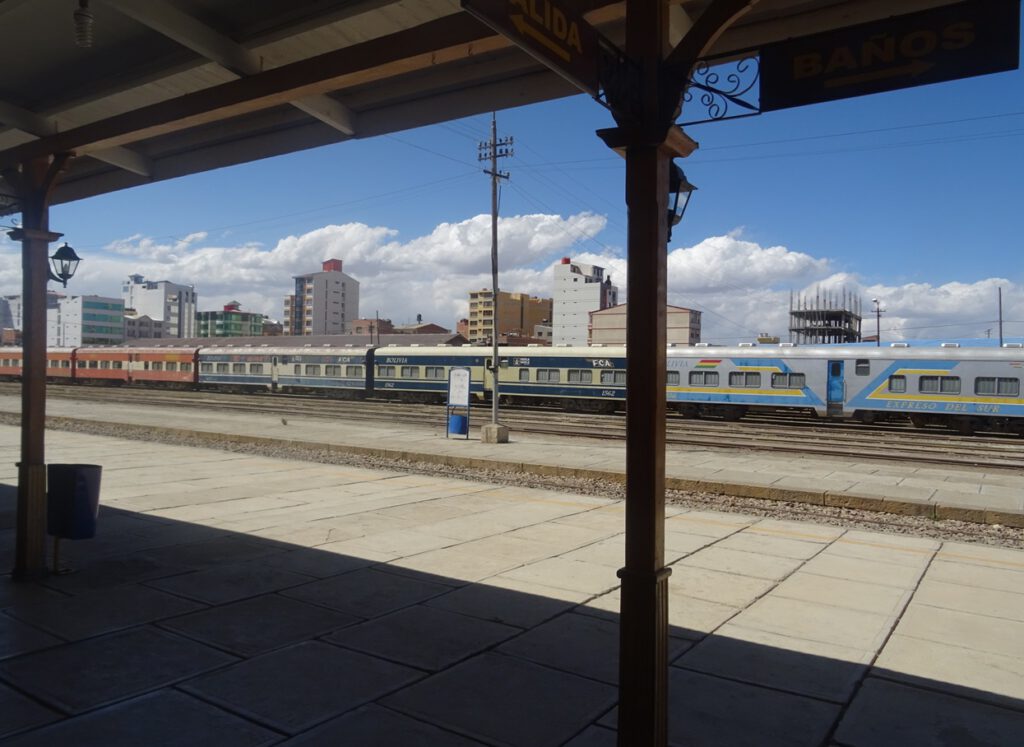
The reality is that all train services have been privatized, and for the operator it is not profitable to transport people, so they would rather just use it to transport mineral which is what pays the bills.
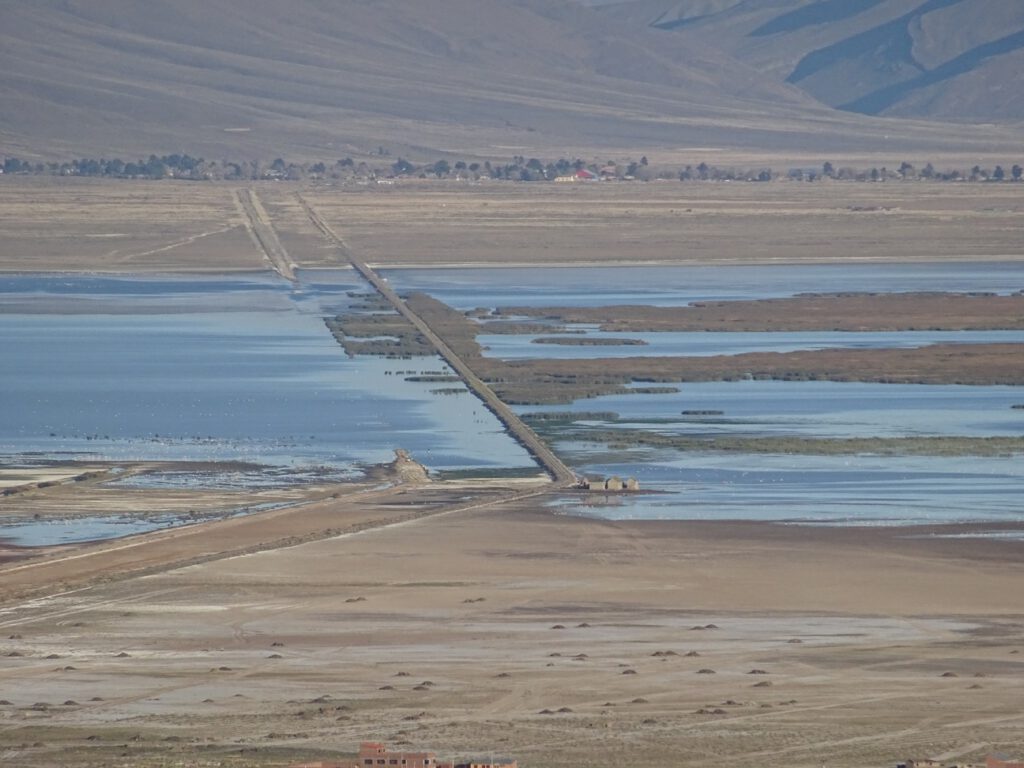
On top of that, colectivos (the white mini-vans) are cheaper and faster than the train.
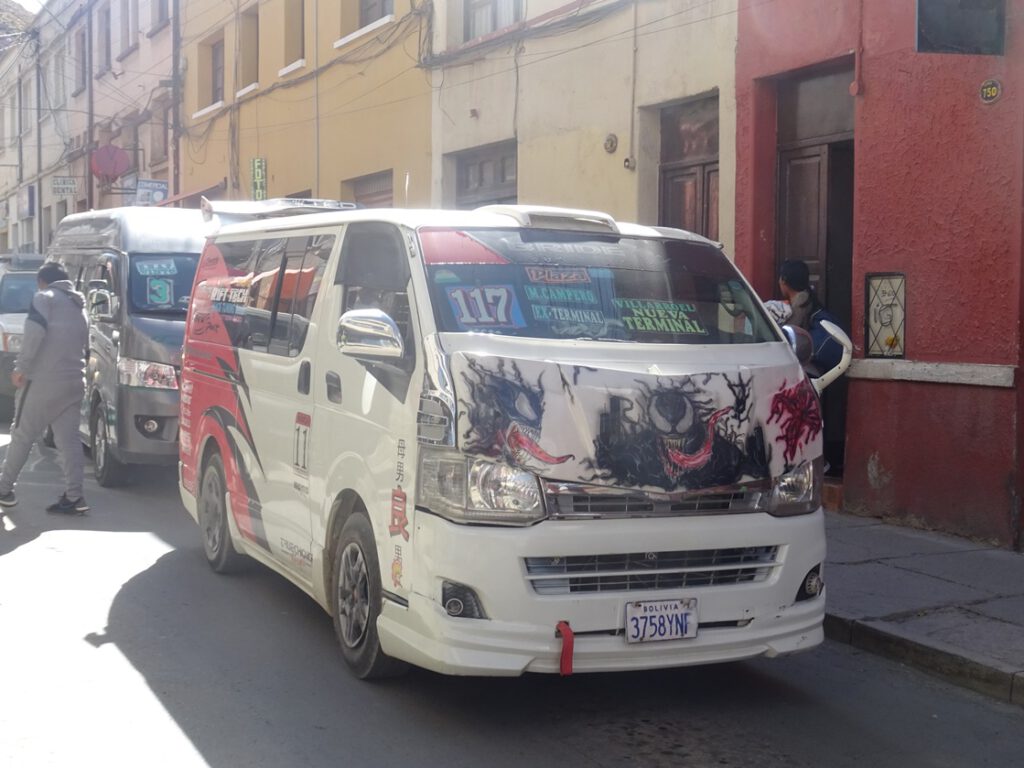
Still, we will likely take the train. But first we are going to leave the bikes in Oruro and visit Potosi and Sucre by bus, which promise to be very interesting cities but they are outside our planned cycling route.
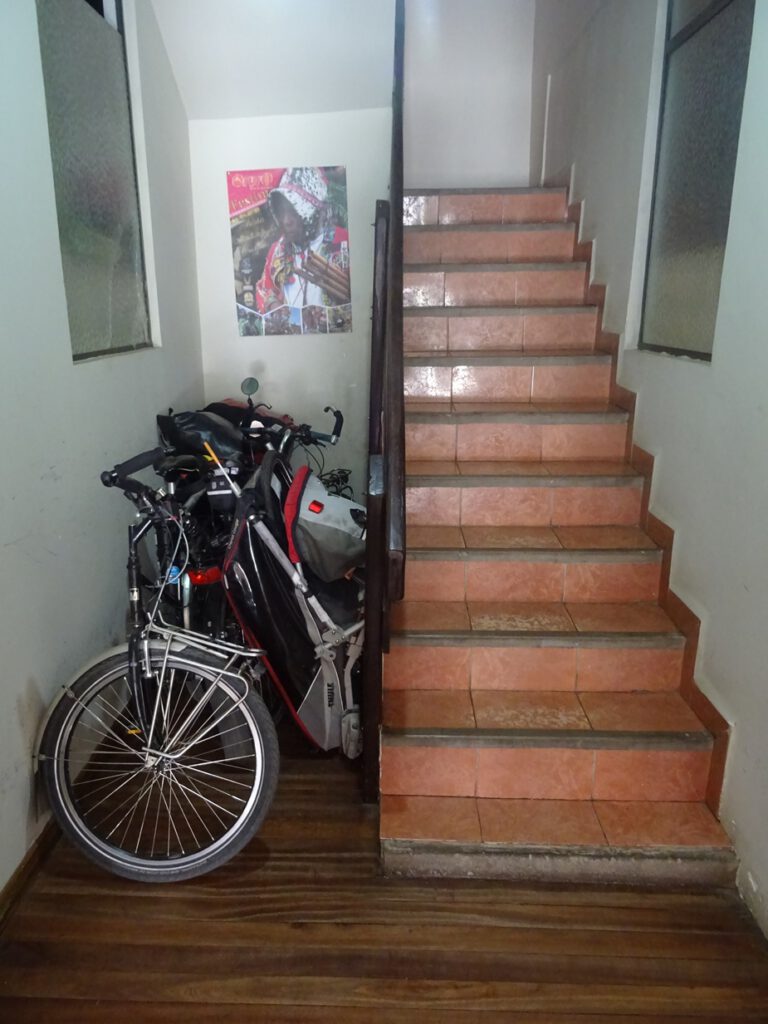
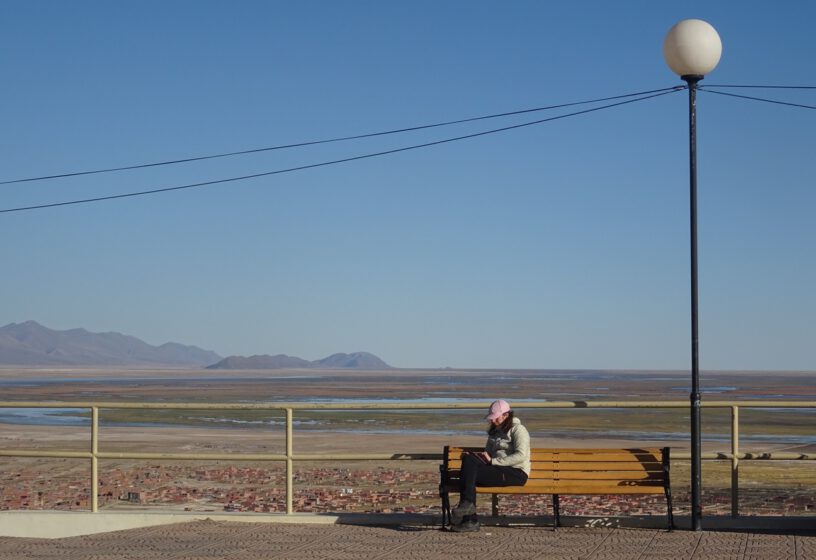
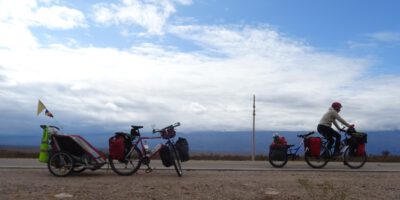
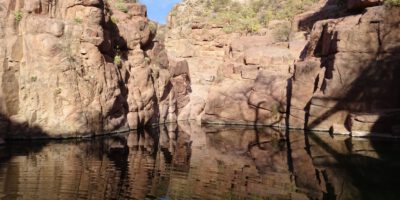
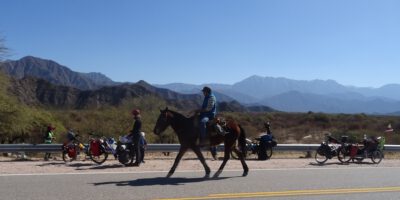
juan
Ánimo JOSE nunca sido un turista siempre ha sido un viajero
RICARDO
Eso es así
katherine
ME encanto el cable car. Bastante contraste con la arquitectura local. pero es una muestra de las maravillas de la ingenieria. Y yo tambien hubiera hecho lo mismo al ver esa resbaladera enorme jijijiji. claro que sin pensar como rayos voy a frenar jijiji